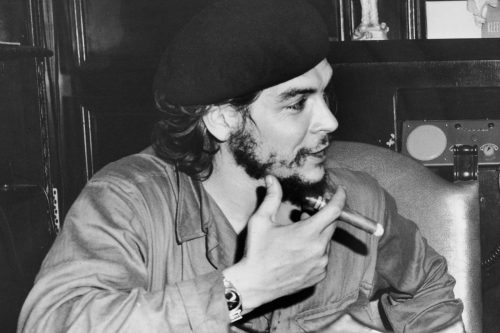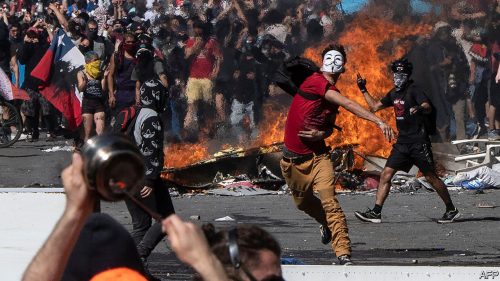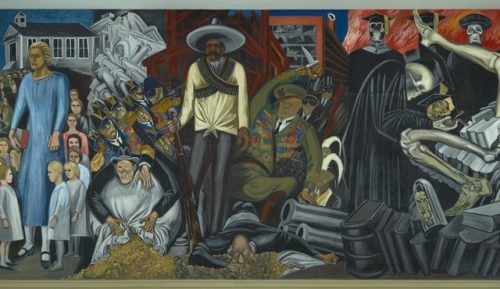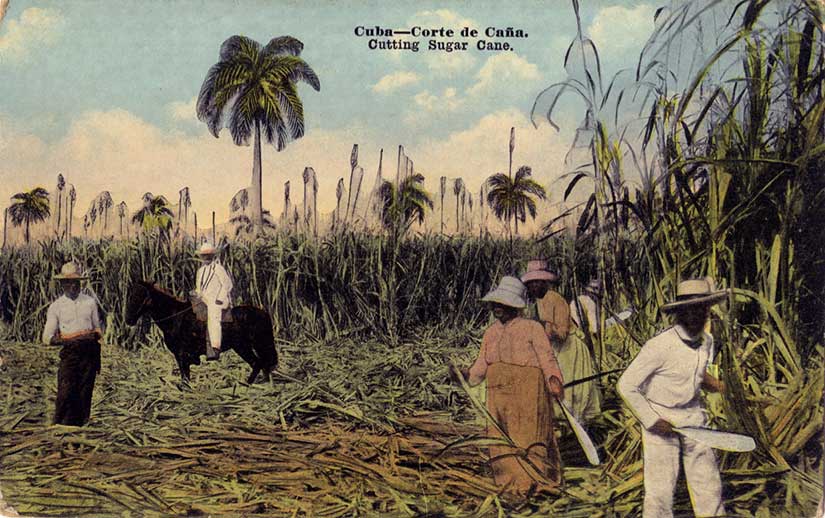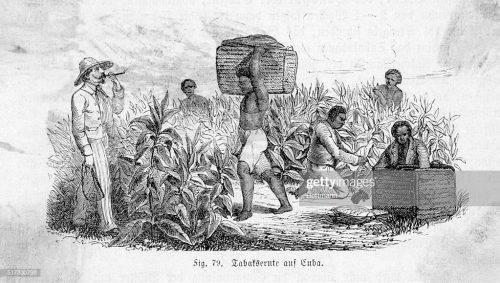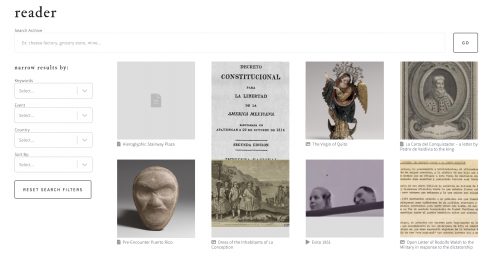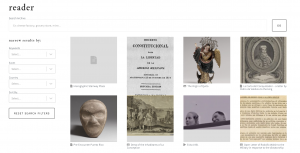Virtual class notes 3/30 + 4/1
This week focused on the global Cold War context. On Moodle, Professor Holt posted two video lectures. Assignments this week included readings on Perusall, a BBF Reading Quiz, and Draft Research presentation.
On Monday, we learned about Latin American social revolutions, starting off with Professor Holt’s short video lecture. See time mark 4:28 for a complete set of Holt’s discussion questions that look beyond armed revolutions and towards social revolutions while keeping in mind the Cold War context, especially the reaction by U.S. leaders and L.A. elites. Other highlights include:
- Reform vs Revolution by James DeFronzo
- The Cuban Revolution and Che Guevara’s Guerrilla Warfare (1960)
- 3 different ways to understand social revolutions: culture, faith (religious practices and beliefs), and education.
- Chile: Nueva Canción and Violeta Parra
- Liberation Theology and Ernesto Cardenal
- Literacy Campaign in the aftermath of many armed revolutions such as in Cuba and Nicaragua.
The two readings on Perusuall were “International Style architecture in Mexico and Brazil” and chapter IX “Social Revolutions” from Problems in MLA. For “International Style architecture in Mexico and Brazil,” many classmates commented on how the architecture was uniquely Latin American with a progressive and modern style. The article features Frida Kahlo’s La Casa Azul (The Blue House) and Professor Holt included her own photo from 2010 of the cathedral in Brasilia. Chapter IX “Social Revolutions” from Problems in MLA included readings about social revolutions in settings like Nicaragua, Colombia Cuba, and Chile. Many classmates commented on the readings on Cuba and Chile, comparing and contrasting the two revolutions. The readings by Che Guevara and Salvador Allende note distinct methods for a revolution that classmates analyzed and questioned. Additionally, there was a song by Violeta Para titled “The Center of Injustice” which is an example of protest music to further understand social revolutions.
Wednesday’s work focused on the Dirty Wars with case studies on Brazil, Argentina, and Chile in Professor Holt’s lecture video. Please see Tong Tong’s class notes blog post for more details!
On Friday, there was an optional check-in Teams meeting which was mostly social, discussing Bad Bunny. See the link and question below to share your thoughts. Professor Holt sent out a brief summary of the meetings which included reminders about using Perusall and FlipGrid, offering help to find sources, and online office hours. https://tiny.cc/HoltOfficeHours/
- Reminders: Turn in your draft research presentation if you have not already and complete the peer review for the draft research presentation.
- Looking ahead: Timeline Primary Set III due next Friday, April 10.
Sources for further readings on this week’s materials:
- More information on Chile’s “Nueva Canción” http://www.memoriachilena.gob.cl/602/w3-article-702.html
- NY Times article on Ernesto Cardenal’s death https://www.nytimes.com/2020/03/01/world/americas/ernesto-cardenal-dead.html
- Bad Bunny’s “Yo Perreo Sola” music video https://youtu.be/GtSRKwDCaZM
Some questions to consider:
- What are some factors that make social revolutions in some Latin American countries more “successful” than in others?
- Using DeFronzo’s definitions of reform and revolution, apply these terms to describe what was happening in some Latin American countries during this time.
- How do you interpret Bad Bunny’s new music video, “Yo Perreo Sola”? Controversy surrounds the video. The video has faced both praise, as an empowering girl power song about respecting girls who want to dance alone, and criticism, especially from the LGBTQIA+ community as Bad Bunny, a straight male, goes full drag in the video.

